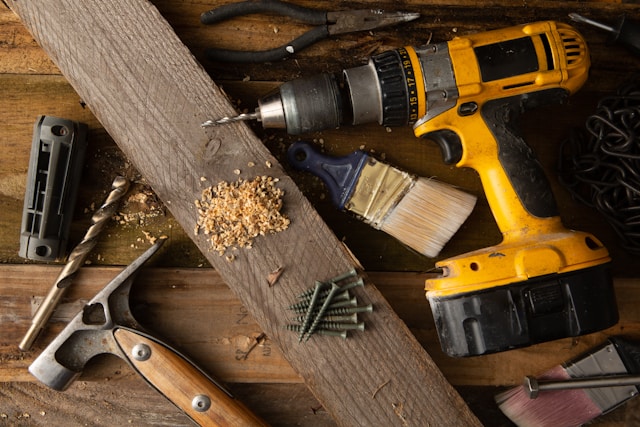Having the right tools for the job is a fundamental part of life as a tradesperson. But once you’ve used these tools to the point of disrepair, what’s next? Is it best to repair or replace it? We dive into this crucial question below by looking at the most important factors worth considering.
Table of Contents
Lifespan and usage
Begin by assessing the current condition and age of the tool in question. High-quality tools designed for longevity with nothing more than minor wear or a particular malfunction are often prime candidates for repair.
Alternatively, if a tool is nearing the end of its expected lifespan and has the scars of extensive wear and tear, replacement is probably more economical and efficient.
Cost implications
Evaluating the cost implications of any decision is crucial, especially as the cost of materials and other trade essentials continue to rise. If the expected repair cost is approaching or exceeds 50% of the price of a new tool, replacement may be the more financially viable option.
However, this calculation should also take into account the depreciation of the tool and its remaining lifespan after repair. Sometimes, investing in repair can extend a tool’s life significantly, making it worthwhile in the long run.
Technological advancements
In a rapidly evolving market, newer models of tools come with advanced features, improved efficiency and performance, and better ergonomics. For example, the Milwaukee M12 battery system provides superior runtime, longevity, and performance than alternative power packs.
If the tool in question is significantly outdated, upgrading to a newer model could enhance performance and productivity, making replacement the more attractive option with better ROI.
Environmental considerations
The environmental impact of disposing of old tools and manufacturing new ones can be significant. Repairing and maintaining tools when feasible is a more sustainable choice, reducing waste and the consumption of resources.
Before deciding to replace it, consider the environmental footprint of both the disposal of the old tool and the production and shipping of the new one. Also, check whether any can be recycled instead of thrown away.
Warranty and service
It’s always worth checking if the tool is still under warranty or if the manufacturer offers a service or repair program. Many high-quality tools come with warranties that cover repairs or replacements, making your decision more straightforward.
Additionally, some manufacturers or local shops offer repair services at a reduced cost, which can be an economical and convenient solution.
Personal attachment and customization
The final thing to consider is whether any personal attachment or fondness of your tools is likely to make them harder to dispose of. Some tools may be built with customizations or to fit specific needs, so repair may be the better option in these cases. What will you do with your tools?
Featured Photo by benjamin lehman on Unsplash




